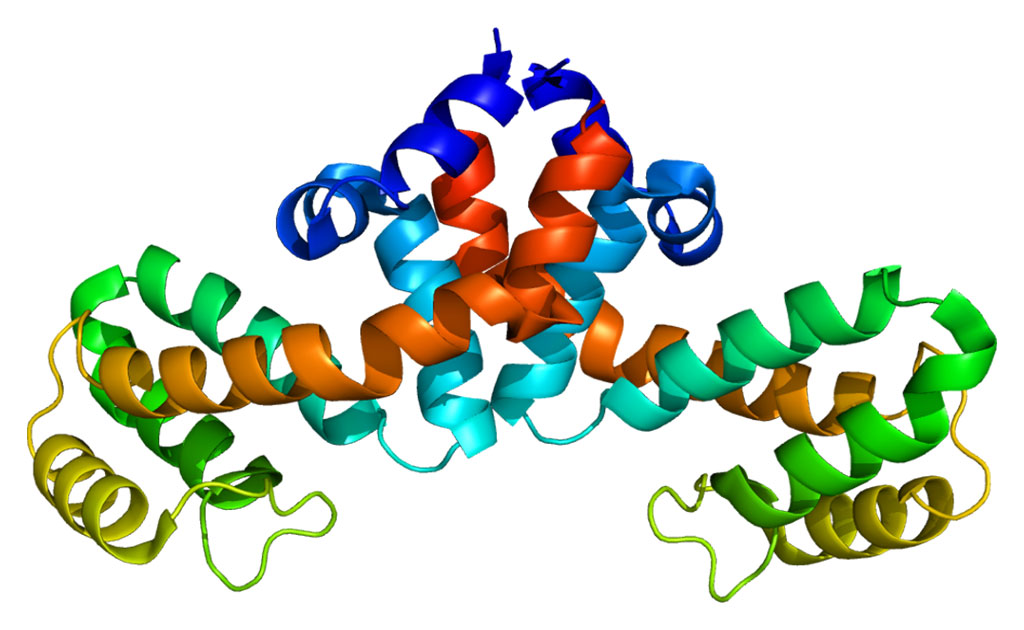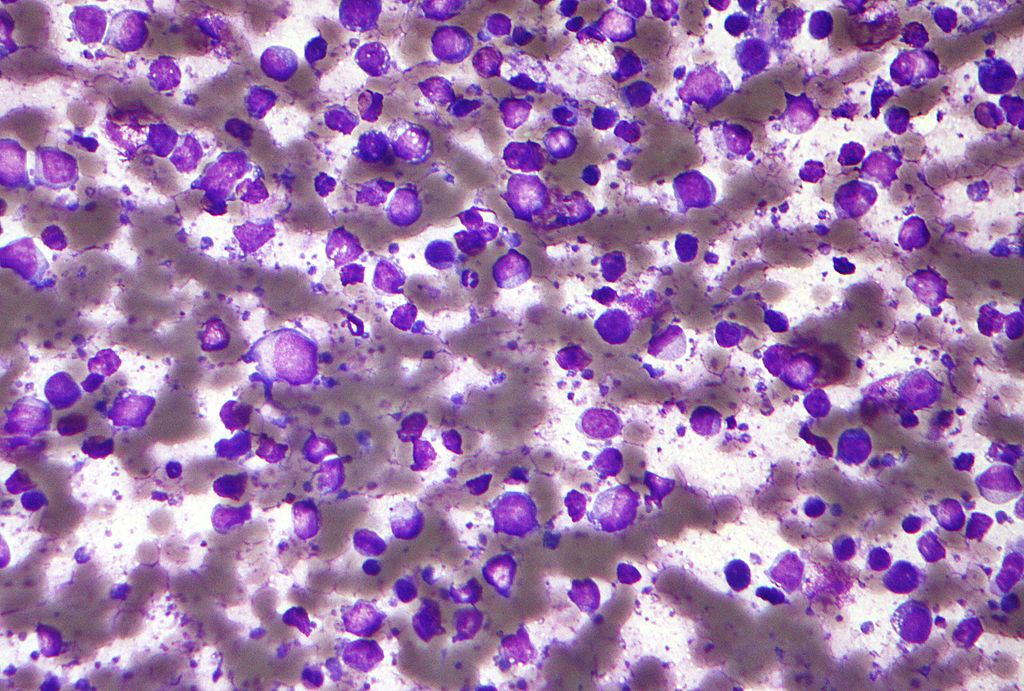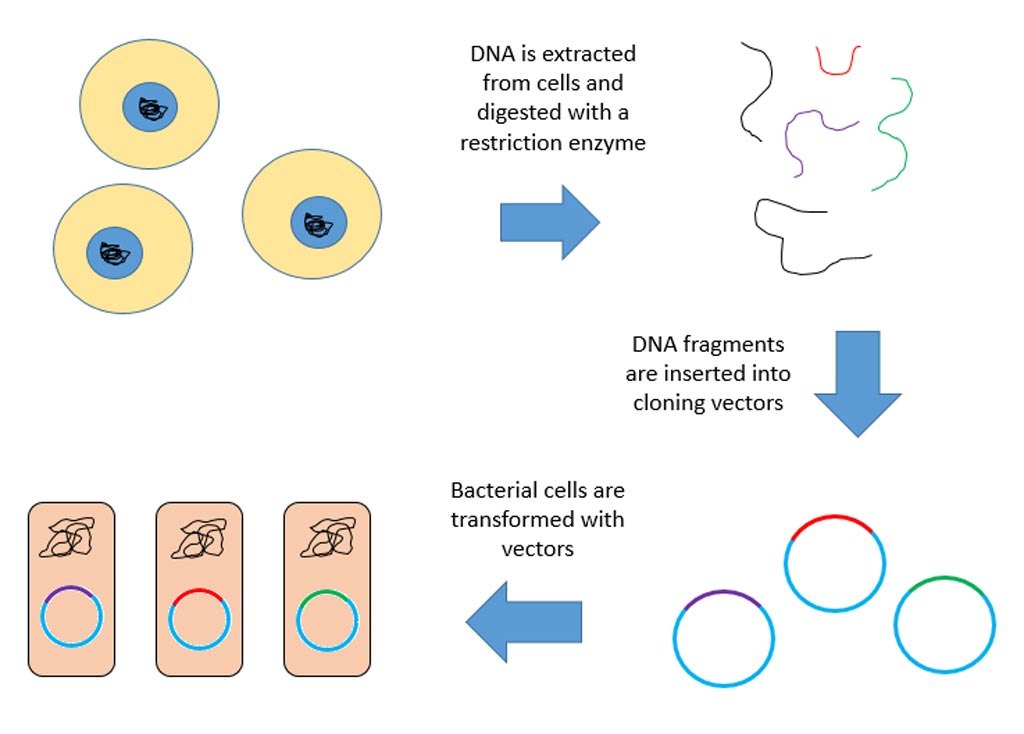Experimental Drug Protects Brain from Severe Stroke Damage
By LabMedica International staff writers
Posted on 15 Mar 2012
Drugs that block the activity of the PSD-95 neural protein have been shown in a monkey model to protect the brain from major stroke damage and to promote early and more complete recovery.Posted on 15 Mar 2012
In a paper published in the February 29, 2012, online edition of the journal Nature investigators at the University of Toronto (Canada) noted that over 1,000 experimental treatments tested in cells and rodent models had failed at be successfully applied to humans. In this paper, they examined the potential benefits of PSD-95 inhibitors in a monkey model that closely mimicked the human neurological environment.
PSD-95 is a membrane associated guanylate kinase (MAGUK) scaffolding protein located in neural postsynaptic densities. PSD-95 inhibitors are promising drug candidates that uncouple postsynaptic PSD-95 protein from neurotoxic signaling pathways.
The investigators showed that stroke damage could be prevented in nonhuman primates in which a PSD-95 inhibitor was administered after stroke onset in clinically relevant situations. This treatment reduced infarct volumes as gauged by magnetic resonance imaging and histology, preserved the capacity of ischemic cells to maintain gene transcription in genome-wide screens of ischemic brain tissue, and significantly preserved neurological function in neurobehavioral assays.
These improvements were observed whether the treatment was given early or even at three hours after the stroke onset. Benefits were also observed when the drug treatment was combined with conventional thrombolytic therapies, even in a time window when conventional therapies on their own no longer had an effect.
“We are closer to having a treatment for stroke than we have ever been before,” said senior author Dr. Michael Tymianski, professor of surgery at the University of Toronto. “Stroke is the leading cause of death and disability worldwide, and we believe that we now have a way to dramatically reduce its damaging effects. There is hope that this new drug could be used in conjunction with other treatments, such as thrombolytic agents or other means to restore blood flow to the brain, in order to reduce the impact of stroke on patients further. These findings are extremely exciting and our next step is to confirm these results in a clinical trial.”
Related Links:
University of Toronto













